World coffee prices today
Robusta coffee prices on the London exchange increased by nearly 8%. Specifically, on the London exchange, the online price of robusta coffee futures contract for November 2025 delivery closed last week at $4,527/ton, up 7.8% ($326/ton) compared to the previous week. The contract for January 2026 delivery increased by 8.1% ($340/ton), to $4,522/ton.
On the New York Stock Exchange, the price of Arabica coffee for delivery in December 2025 also increased by 3.1% (11.9 US cents/pound) last week to 390.75 US cents/pound. The contract for delivery in March 2026 increased by 4.2% (15.3 US cents/pound) to 374.15 US cents/pound.

Domestic coffee prices today
Domestic coffee prices today, October 6, 2025, in the Central Highlands region remained unchanged compared to yesterday, fluctuating between 116,500 - 117,000 VND/kg.
Accordingly, traders in the old Dak Nong region are purchasing coffee at the highest price of 117,000 VND/kg, unchanged from yesterday.
Similarly, coffee prices in Dak Lak province are at 117,000 VND/kg, unchanged from yesterday.
Coffee prices in Gia Lai province remained unchanged from yesterday and were traded at VND116,800/kg.
In Lam Dong province, coffee prices remained unchanged from yesterday at VND116,500/kg.
At the end of last week, domestic coffee prices were traded in the range of 116,500 to 117,000 VND/kg, up from 1,500 to 2,200 VND/kg, equivalent to an increase of 1.1 to 1.9% compared to the previous week.
Specifically, traders in Dak Lak and Dak Nong increased their prices by VND1,500/kg and VND1,300/kg respectively. In Gia Lai, coffee prices increased by VND1,500/kg last week. Meanwhile, coffee prices in Lam Dong increased the most by VND2,200/kg.
Domestic coffee prices increased at a lower rate than world coffee prices. The main reason is that domestic supply is about to increase sharply when key regions such as Dak Lak, Gia Lai, Lam Dong and Kon Tum begin the new harvest season.
Many businesses and traders tend to temporarily stop purchasing to wait for prices to fall further, causing transactions in the market to be somewhat quiet.
Most coffee farmers in Vietnam are smallholders, often accounting for a large proportion of total output. After each harvest, they need to sell 30-50% of the coffee they have just harvested to cover production costs, reinvestment and living expenses. Selling early causes the amount of goods on the market to increase rapidly, creating downward pressure on prices at the beginning of the season.
Unlike smallholders, larger farms with more solid financial resources often choose to store coffee after harvest. They wait until after Tet, when regional supply decreases and Vietnam is almost the only export market to the world. At that time, coffee prices often recover strongly, helping them achieve higher profits.
Source: https://baonghean.vn/gia-ca-phe-hom-nay-6-10-2025-mot-tuan-tang-manh-10307716.html


![[Photo] Prime Minister Pham Minh Chinh launched a peak emulation campaign to achieve achievements in celebration of the 14th National Party Congress](https://vphoto.vietnam.vn/thumb/1200x675/vietnam/resource/IMAGE/2025/10/5/8869ec5cdbc740f58fbf2ae73f065076)

![[Photo] Prime Minister Pham Minh Chinh chairs the Government's online conference with localities](https://vphoto.vietnam.vn/thumb/1200x675/vietnam/resource/IMAGE/2025/10/5/264793cfb4404c63a701d235ff43e1bd)



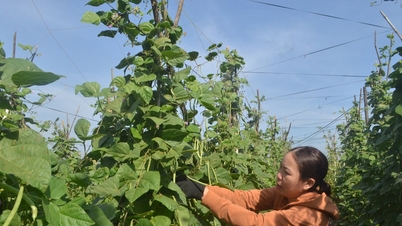





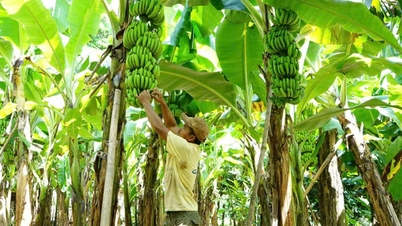







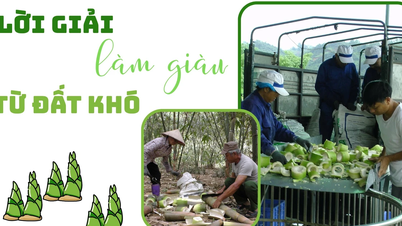









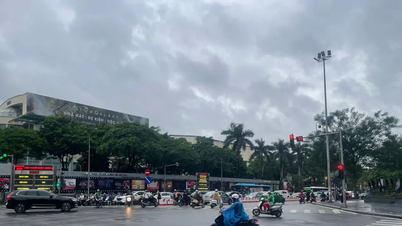

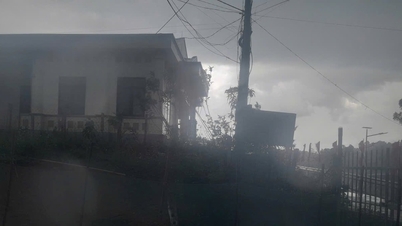
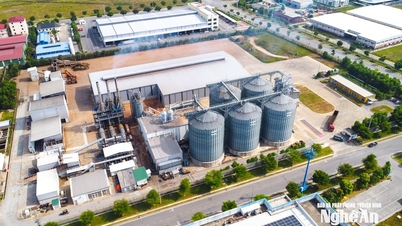
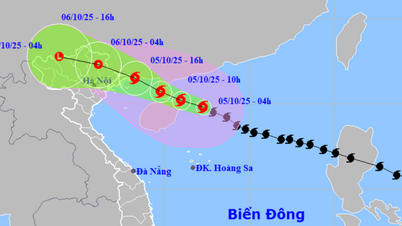


























![[VIDEO] Summary of Petrovietnam's 50th Anniversary Ceremony](https://vphoto.vietnam.vn/thumb/402x226/vietnam/resource/IMAGE/2025/10/4/abe133bdb8114793a16d4fe3e5bd0f12)

![[VIDEO] GENERAL SECRETARY TO LAM AWARDS PETROVIETNAM 8 GOLDEN WORDS: "PIONEER - EXCELLENT - SUSTAINABLE - GLOBAL"](https://vphoto.vietnam.vn/thumb/402x226/vietnam/resource/IMAGE/2025/7/23/c2fdb48863e846cfa9fb8e6ea9cf44e7)


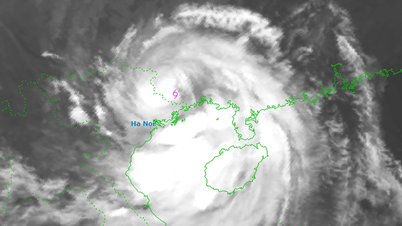
















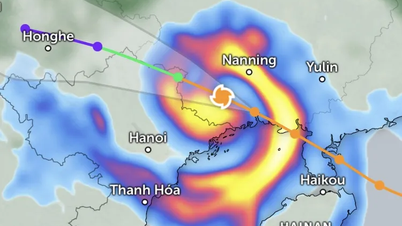
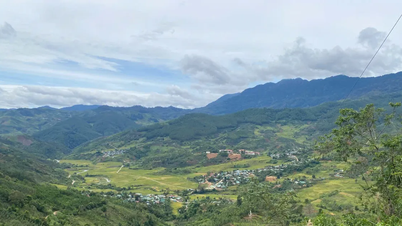












Comment (0)